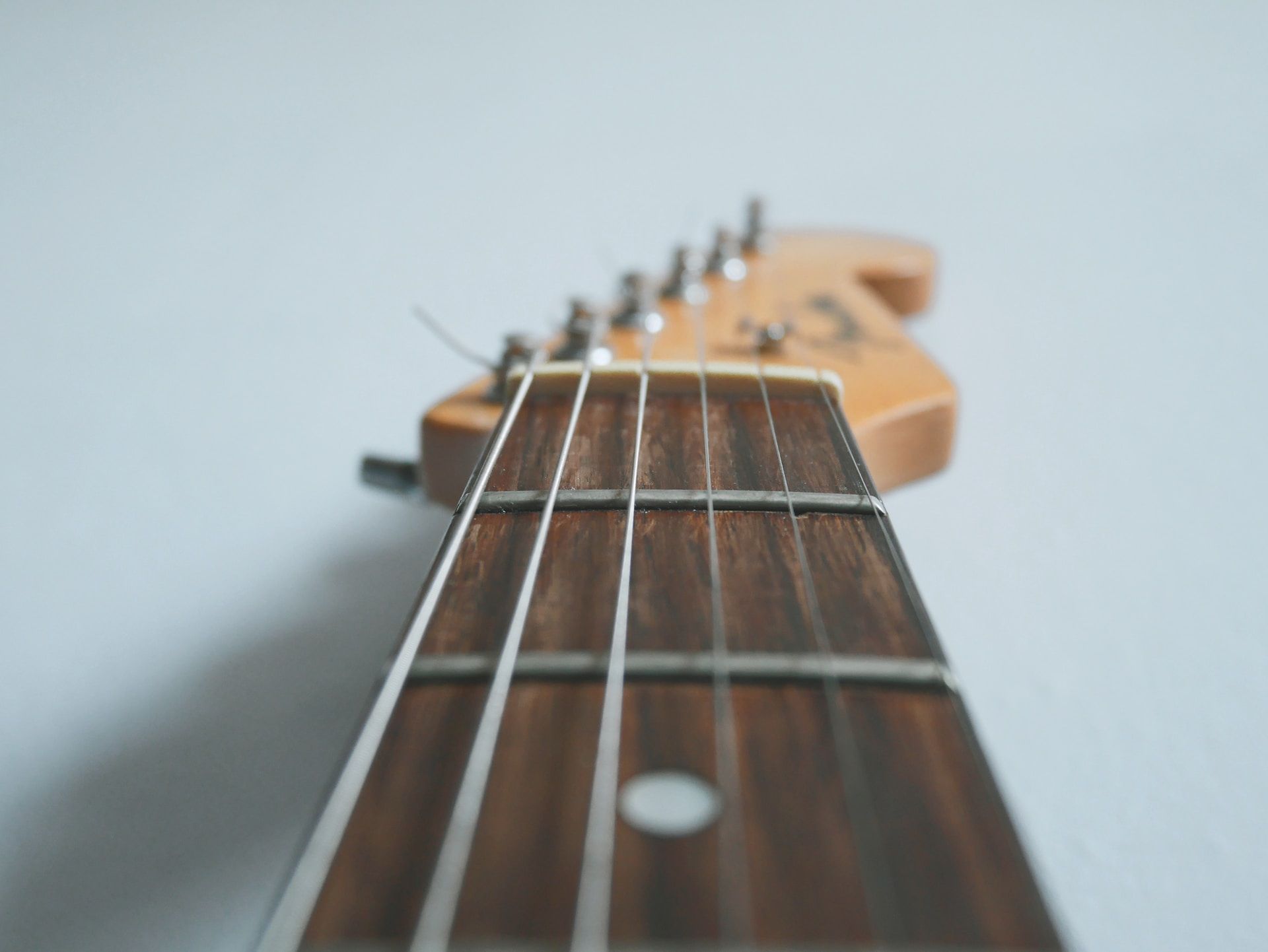Choosing the Right Guitar String Gauge for Your Sound

String gauge refers to the thickness of each string and is measured in 1000ths of an inch. For example, a .010" string is considered a 10 gauge. Guitar strings usually come in packs referred to by the gauge of the thinnest string (high 'E'), such as 10s or 11s.
How String Gauge Affects Tone and Feel
The gauge affects the tone and playability. Thicker strings have more low frequencies and require more finger strength for various techniques, while thinner strings have more treble and can produce a janglier sound. Thicker strings are better for alternate tunings since they maintain tension at a lower pitch. Thinner strings are easier for string-bending but may lack a richness in tone.

String Gauge by Musical Genre
For electric players, thinner gauges such as 9s suit country, folk, pop, indie and jazz styles. Medium 10-46 gauges could broadly suit rock and blues. Thick 11-56 gauges are ideal for metal since they handle tunings such as Drop D and DADGAD well. Acoustic guitars often use thicker strings for volume and warmth. In the end, gauge preference comes down to personal taste and playing style.
Trying Different Gauge Combinations
Experiment with different string gauges to shape your desired sound. Read about your favorite guitarists and what they used as a starting point. Jimi Hendrix for example used a hybrid set. Don't be afraid to tweak and combine string sets until you find the perfect match for your playing style and musical needs.
Book a lesson with Ben here
